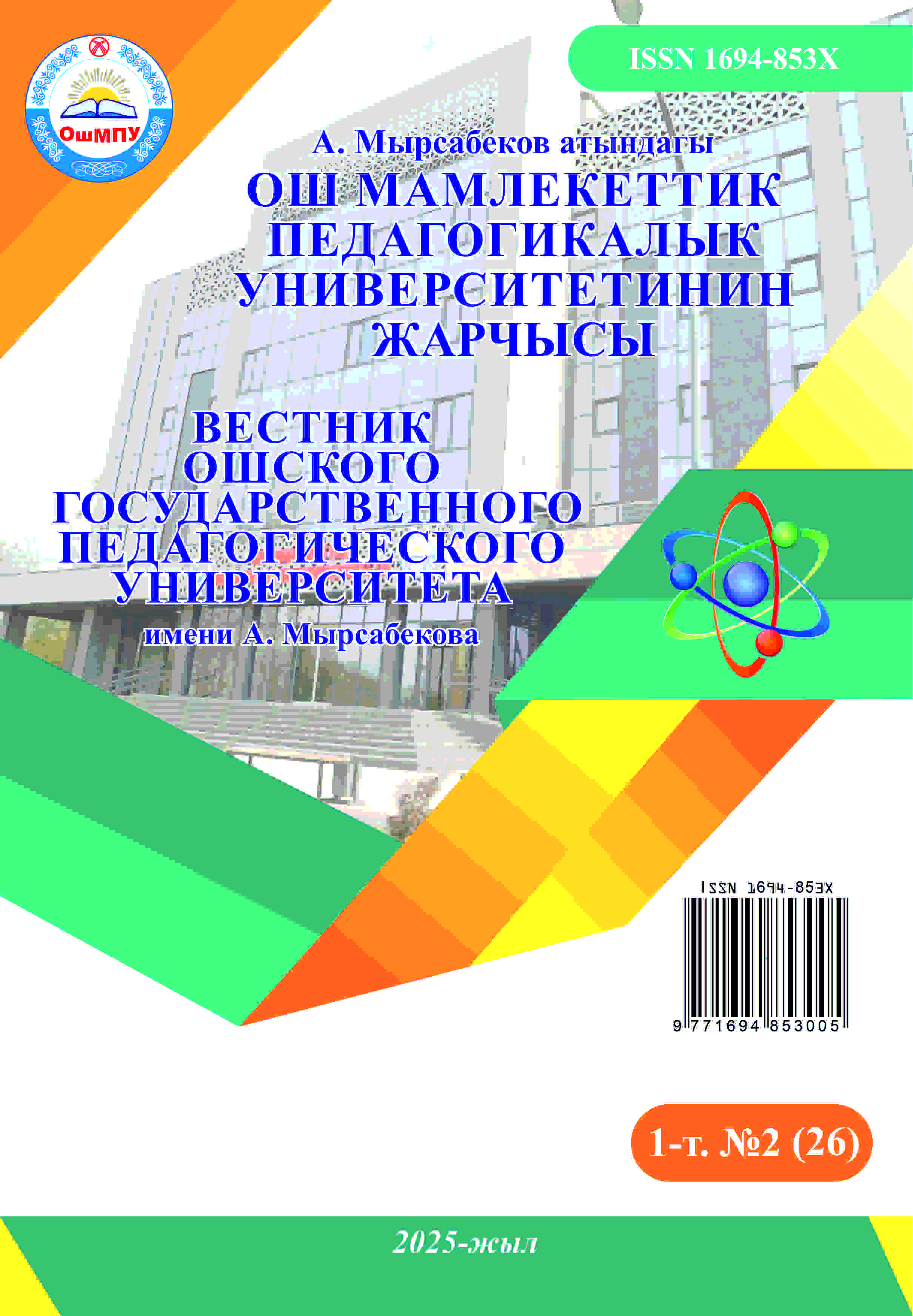EXAMPLES OF DEVELOPING DEEP LEARNING MODELS FOR FLUID FLOW ON COMPLEX SURFACES
DOI:
https://doi.org/10.56122/..v1i2.449Keywords:
fluid dynamics (hydrodynamics), deep learning, convolutional neural networks, modeling, forecasting, model accuracy and errors, fluid flow.Abstract
Fluid flow on complex surfaces is an important problem in fluid dynamics (hydrodynamics) and is used in aviation, shipbuilding, meteorology, biomechanics and other areas, for example, for applied problems in ecology and for large-scale problems of various applied nature. Traditional computational fluid dynamics (hydrodynamics) methods, especially when modeling turbulent flows and geometrically complex surfaces, require significant computational resources. In the article, nonlinear models based on deep learning are developed to solve this problem. Convolutional neural networks and transfer deep learning models are developed for modeling and predicting fluid flow on complex surfaces. With the help of examples, the development and training of deep learning models using convolutional neural networks and transfer learning methods are demonstrated, and the model performance is demonstrated with high accuracy and tangible results for complex obstacle configurations
References
Zuo, W. & Chen, Q. Real-time or faster-than-real-time simulation of airflow in buildings. Indoor Air 19, 33 (2009). Article CAS PubMed Google Scholar.
Hosain, M. L. & Fdhila, R. B. Literature review of accelerated cfd simulation methods towards online application. Energy Proc. 75, 3307–3314 (2015). Article Google Scholar.
Stam, J. Real-time fluid dynamics for games. In Proceedings of the Game Developer Conference, vol. 18 25 (2003).
Krüger, J. H. & Westermann, R. Gpu simulation and rendering of volumetric effects for computer games and virtual environments. In Computer Graphics Forum, vol. 24 685–694 (North Holland, 2005).
Vinuesa, R. & Brunton, S. L. Enhancing computational fluid dynamics with machine learning. Nat. Comput. Sci. 2, 358–366 (2022). Article PubMed Google Scholar.
Obiols-Sales, O., Vishnu, A., Malaya, N. & Chandramowliswharan, A. Cfdnet: A deep learning-based accelerator for fluid simulations. In Proceedings of the 34th ACM International Conference on Supercomputing 1–12 (2020).Karniadakis, G. E. et al. Physics-informed machine learning. Nat. Rev. Phys. 3, 422–440 (2021). Article Google Scholar.
Ronneberger, O., Fischer, P. & Brox, T. U-net: Convolutional networks for biomedical image segmentation. In International Conference on Medical Image Computing and Computer-Assisted Intervention 234–241 (Springer, 2015).
Guo, X., Li, W. & Iorio, F. Convolutional neural networks for steady flow approximation. In Proceedings of the 22nd ACM SIGKDD International Conference on Knowledge Discovery and Data Mining 481–490 (2016).
Published
How to Cite
Issue
Section
License
Copyright (c) 2025 Bulletin of the Osh State Pedagogical University named after A. Myrsabekova

This work is licensed under a Creative Commons Attribution 4.0 International License.
This work is licensed under the Creative Commons Attribution 4.0 International License. To view a copy of this license, visit http://creativecommons.org/licenses/by/4.0/ or send a letter to Creative Commons, PO Box 1866, Mountain View, CA 94042, USA.











